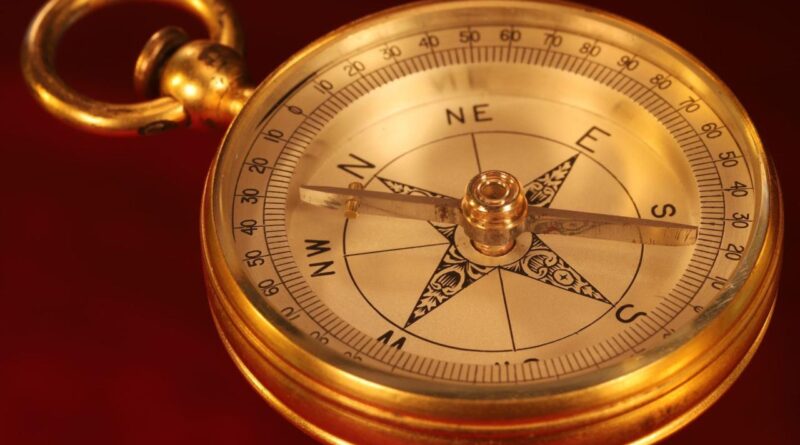Brass Compasses: A Timeless Tool For Navigation
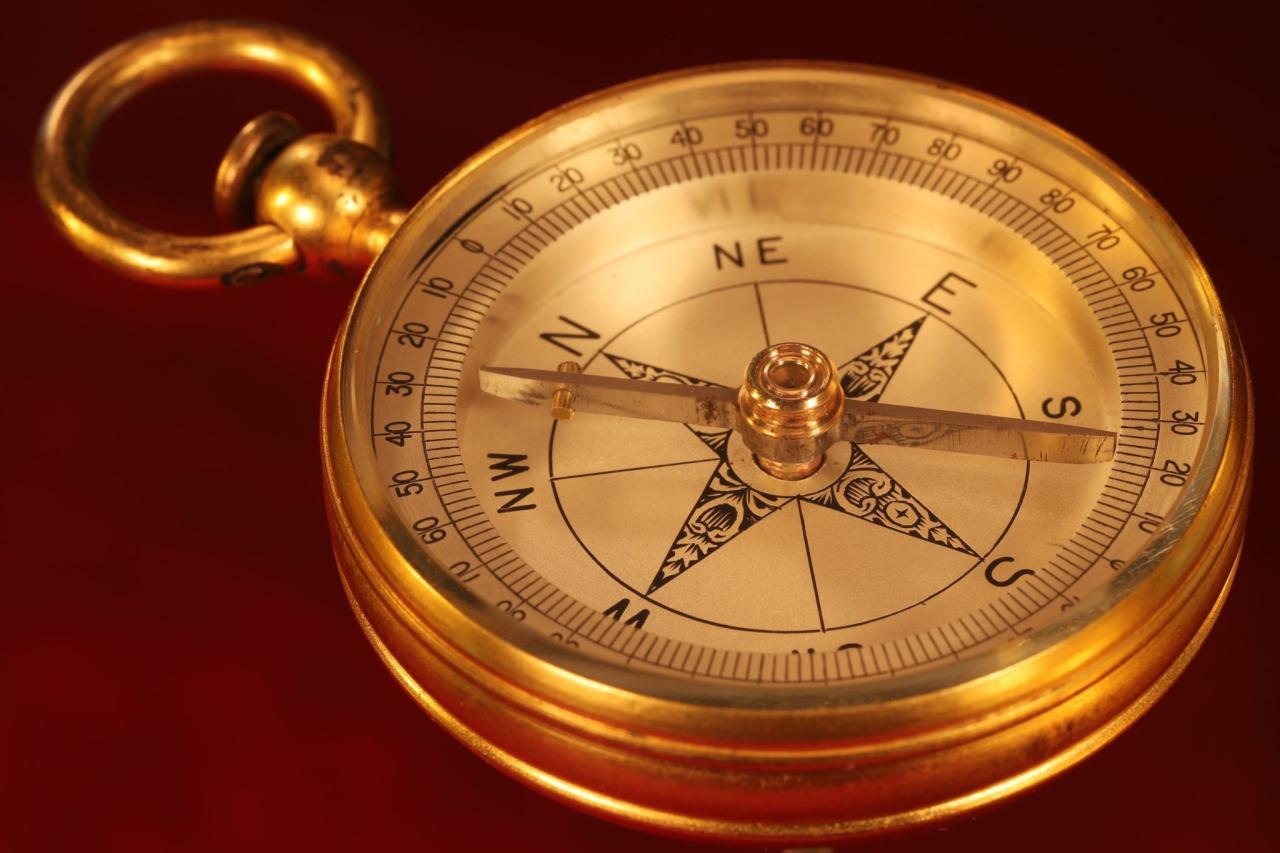
Brass Compasses: A Timeless Tool for Navigation
Introduction
Brass compasses have been an indispensable tool for navigators for centuries, guiding explorers, sailors, and adventurers across vast oceans and uncharted territories. Their precision and durability have made them a trusted companion for those seeking to find their way in the world. This article delves into the history, construction, and uses of brass compasses, exploring their enduring significance in the realm of navigation.
History of Brass Compasses
The earliest known compasses were invented in China during the Han Dynasty (206 BCE – 220 CE). These compasses were made of lodestone, a naturally magnetized mineral. By the 12th century, compasses had made their way to Europe, where they were initially used for navigation on land. It was not until the 14th century that compasses were adapted for maritime use, revolutionizing seafaring and exploration.
Brass became the preferred material for compasses due to its resistance to corrosion and its ability to hold a magnetic charge. The first brass compasses were made in the 16th century, and they quickly became the standard for navigators around the world.
Construction of Brass Compasses
A brass compass consists of several key components:
- Magnetic Needle: The heart of the compass is the magnetic needle, which is made of a magnetized steel alloy. The needle aligns itself with the Earth’s magnetic field, pointing north.
- Card: The card is a circular piece of paper or plastic that is attached to the magnetic needle. The card is marked with the cardinal directions (north, south, east, and west) and other graduations to indicate degrees.
- Pivot: The pivot is a small, sharp point on which the magnetic needle rests. The pivot allows the needle to rotate freely and align with the Earth’s magnetic field.
- Bowl: The bowl is the housing that contains the magnetic needle, card, and pivot. The bowl is typically made of brass and is designed to protect the compass from damage and the elements.
- Lubber Line: The lubber line is a fixed mark on the compass bowl that indicates the direction of the ship’s bow. The navigator aligns the lubber line with the desired course to determine the ship’s heading.
Uses of Brass Compasses
Brass compasses have been used for a wide range of navigation purposes, including:
- Maritime Navigation: Compasses are essential for navigating ships at sea. They allow sailors to determine their heading and course, even in the absence of landmarks or GPS.
- Land Navigation: Compasses are also used for land navigation, particularly in areas where GPS signals are unavailable or unreliable. Hikers, campers, and explorers rely on compasses to find their way through forests, mountains, and other wilderness areas.
- Surveying: Compasses are used in surveying to determine the orientation of property boundaries, roads, and other features.
- Military Operations: Compasses are essential for military operations, allowing soldiers to navigate in unfamiliar territory and coordinate their movements.
- Astronomy: Compasses are used in astronomy to determine the position of celestial bodies, such as stars and planets.
Advantages of Brass Compasses
Brass compasses offer several advantages over other types of compasses:
- Durability: Brass is a strong and corrosion-resistant material, making brass compasses highly durable and long-lasting.
- Accuracy: Brass compasses are known for their accuracy, providing reliable readings even in challenging conditions.
- Simplicity: Brass compasses are relatively simple to use, making them accessible to navigators of all skill levels.
- Portability: Brass compasses are compact and lightweight, making them easy to carry and use in the field.
Limitations of Brass Compasses
Despite their advantages, brass compasses also have some limitations:
- Magnetic Interference: Brass compasses can be affected by magnetic interference from nearby metal objects, such as ships’ hulls or power lines. This can cause the compass to give inaccurate readings.
- Temperature Sensitivity: Brass compasses can be sensitive to temperature changes, which can affect the accuracy of their readings.
- Limited Visibility: Brass compasses can be difficult to read in low-light conditions or at night.
Modern Developments in Brass Compasses
While the basic design of brass compasses has remained largely unchanged for centuries, there have been some modern developments in this field:
- Liquid-Filled Compasses: Liquid-filled compasses use a viscous liquid to dampen the movement of the magnetic needle, reducing the effects of vibration and acceleration. This makes them ideal for use on ships and other moving platforms.
- Illuminated Compasses: Illuminated compasses have built-in lighting, making them easier to read in low-light conditions.
- Digital Compasses: Digital compasses use electronic sensors to measure the Earth’s magnetic field and display the heading digitally. While digital compasses offer some advantages, such as increased accuracy and the ability to store and recall data, they are not as reliable as brass compasses in all situations.
Conclusion
Brass compasses have played a pivotal role in navigation for centuries, guiding explorers, sailors, and adventurers across vast oceans and uncharted territories. Their precision, durability, and simplicity have made them a trusted companion for those seeking to find their way in the world. While modern technology has introduced new navigation tools, brass compasses remain an essential tool for navigators of all skill levels, offering a timeless and reliable way to determine direction and course.
5 Best Brass Compasses for Precision Navigation
Brass compasses have been a trusted tool for navigators for centuries, offering durability, accuracy, and timeless elegance. Here are the top 5 brass compasses that will enhance your outdoor adventures:
1. Silva Ranger Compass
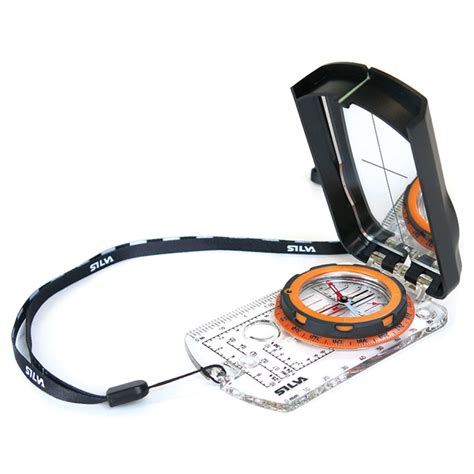
The Silva Ranger Compass is a classic choice for hikers, backpackers, and orienteers. Its rugged construction and precise needle make it a reliable companion in any terrain.
2. Suunto KB-14 Compass
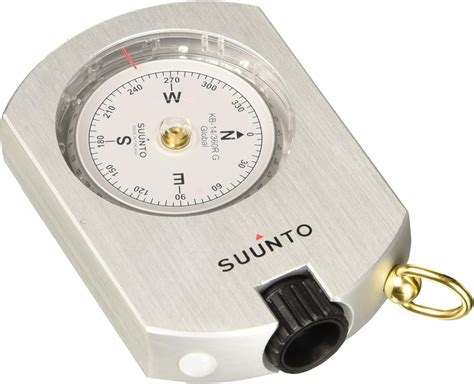
The Suunto KB-14 Compass is a professional-grade instrument designed for demanding navigation tasks. Its liquid-filled capsule and precision bearings ensure exceptional accuracy and stability.
3. Brunton TruArc 3 Compass
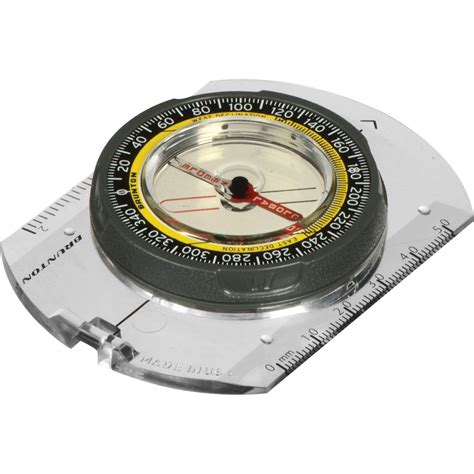
The Brunton TruArc 3 Compass combines durability and functionality. Its patented TruArc needle system provides fast and accurate readings, while its rugged construction withstands the rigors of outdoor use.
4. Cammenga 2850 Compass
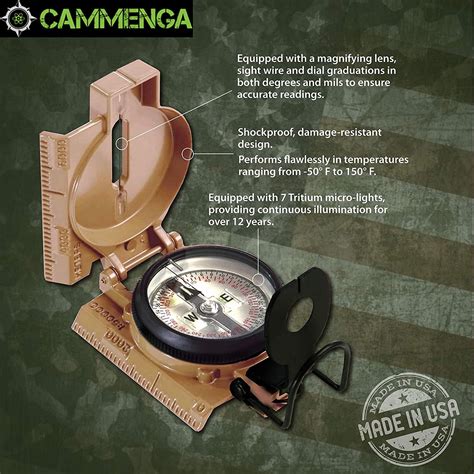
The Cammenga 2850 Compass is a high-quality instrument known for its precision and reliability. Its large dial and clear markings make it easy to read, even in low-light conditions.
5. Ritchie Navigator Compass
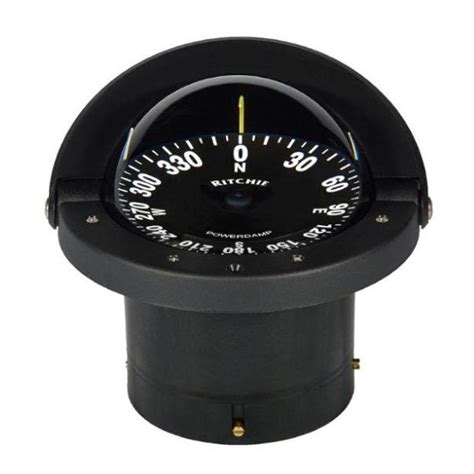
The Ritchie Navigator Compass is a marine-grade instrument that provides exceptional accuracy and durability. Its gimbaled design ensures stability in rough seas, making it an ideal choice for boaters and sailors.
